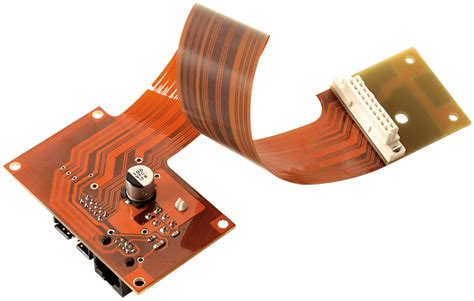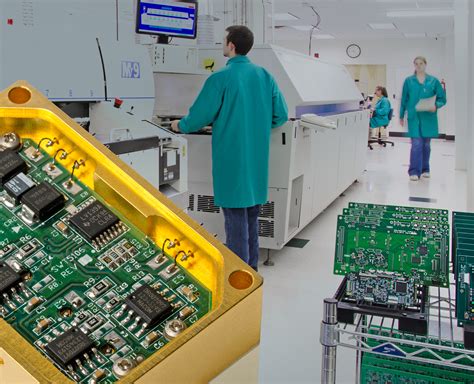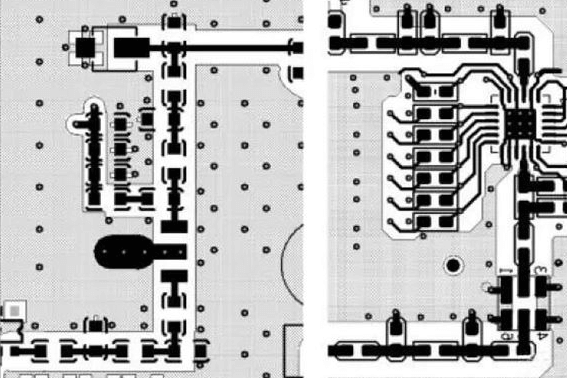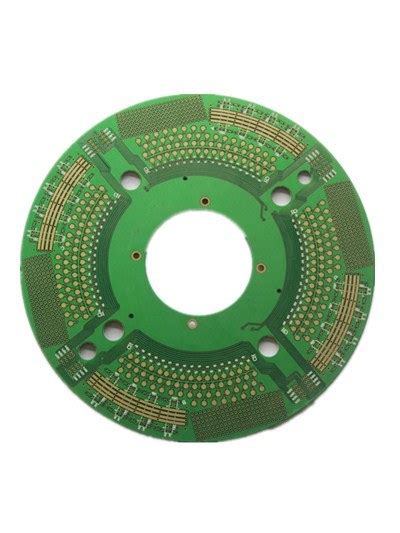Used pcb manufacturing equipment
Benefits Of Buying Used PCB Manufacturing Equipment
Purchasing used PCB manufacturing equipment offers numerous benefits that can significantly impact a company’s operational efficiency and financial health.
One of the most compelling advantages is cost savings.
New PCB manufacturing equipment often comes with a hefty price tag, which can be a substantial financial burden, especially for small to medium-sized enterprises. By opting for used equipment, companies can acquire high-quality machinery at a fraction of the cost, thereby freeing up capital for other critical investments such as research and development or marketing initiatives.
In addition to cost savings, the availability of used equipment can also lead to shorter lead times.
New machinery often requires a lengthy procurement process, including manufacturing, shipping, and installation, which can delay production schedules. Conversely, used equipment is typically available for immediate purchase and deployment, allowing companies to ramp up production more quickly. This can be particularly advantageous in industries where time-to-market is a crucial competitive factor.
Moreover, the reliability of used PCB manufacturing equipment should not be underestimated.
Many pieces of used machinery have been well-maintained and are still in excellent working condition. Reputable sellers often refurbish and test the equipment to ensure it meets industry standards before putting it on the market. This means that companies can acquire reliable machinery without compromising on quality. Furthermore, the operational history of used equipment can provide valuable insights into its performance and longevity, offering an additional layer of assurance.
Another significant benefit is the environmental impact.
The electronics manufacturing industry is notorious for its substantial carbon footprint, and purchasing used equipment is a more sustainable option. By extending the lifecycle of existing machinery, companies can reduce the demand for new manufacturing, which in turn decreases the consumption of raw materials and energy. This aligns with growing corporate social responsibility initiatives and can enhance a company’s reputation as an environmentally conscious entity.
Additionally, the secondary market for used PCB manufacturing equipment is robust and diverse, offering a wide range of options to meet specific production needs.
Whether a company requires a particular type of soldering machine, pick-and-place equipment, or inspection systems, the likelihood of finding suitable used machinery is high. This variety allows companies to tailor their equipment choices to their unique production requirements, thereby optimizing operational efficiency.
Furthermore, the learning curve associated with used equipment is often less steep compared to new machinery.
Employees who have experience with older models may find it easier to adapt to similar used equipment, thereby reducing training time and associated costs. This can lead to a smoother transition and quicker integration into existing production lines, minimizing downtime and maximizing productivity.
In conclusion, the benefits of buying used PCB manufacturing equipment are multifaceted, encompassing cost savings, shorter lead times, reliability, environmental sustainability, and a diverse range of options. These advantages make used equipment an attractive proposition for companies looking to enhance their manufacturing capabilities without incurring significant financial strain. By carefully selecting and maintaining used machinery, companies can achieve a balance between operational efficiency and fiscal responsibility, positioning themselves for long-term success in a competitive market.
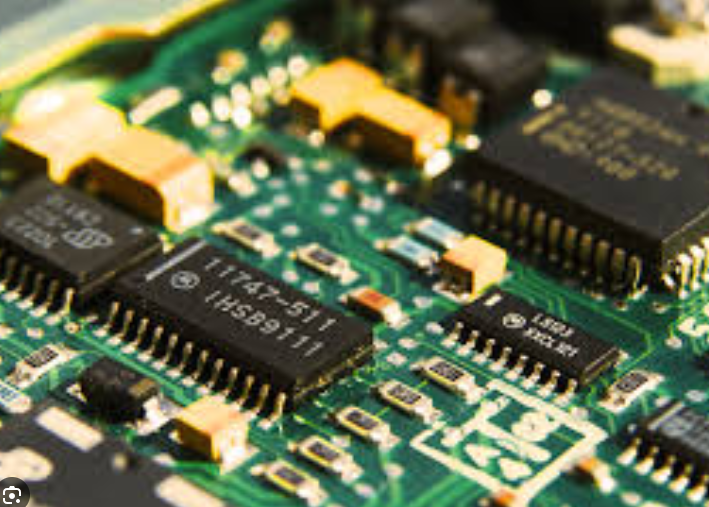
How To Evaluate The Quality Of Used PCB Manufacturing Equipment
When considering the acquisition of used PCB manufacturing equipment, it is crucial to evaluate the quality of the machinery to ensure it meets your production needs and maintains operational efficiency. The first step in this evaluation process involves a thorough inspection of the equipment’s physical condition. Look for any signs of wear and tear, such as rust, corrosion, or damage to critical components. These physical indicators can provide initial insights into how well the equipment has been maintained and whether it has been subjected to harsh operating conditions.
In addition to the physical inspection, it is essential to review the equipment’s maintenance records.
These records can offer a detailed history of any repairs, part replacements, and routine maintenance performed on the machinery. Consistent and well-documented maintenance suggests that the previous owner took good care of the equipment, which can translate to better performance and longevity. Conversely, a lack of maintenance records or evidence of frequent repairs may indicate potential reliability issues.
Another important aspect to consider is the equipment’s age and technological relevance.
While older machines can still be functional, they may lack the advanced features and efficiencies of newer models. Evaluate whether the used equipment can integrate seamlessly with your existing production line and whether it supports the latest industry standards and requirements. This assessment will help you determine if the equipment can meet your current and future production demands.
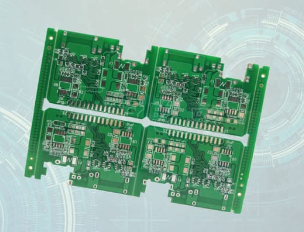
Furthermore, it is advisable to conduct a performance test or trial run of the equipment.
This hands-on evaluation allows you to observe the machinery in operation, assess its performance, and identify any potential issues that may not be apparent during a visual inspection. Pay close attention to the equipment’s speed, accuracy, and consistency, as these factors are critical to maintaining high-quality PCB production.
In addition to the performance test, seek feedback from industry peers or previous users of the same equipment model.
Their firsthand experiences can provide valuable insights into the equipment’s reliability, common issues, and overall performance. This information can help you make a more informed decision and avoid potential pitfalls.
Moreover, consider the availability of spare parts and technical support for the used equipment.
Even well-maintained machinery can experience occasional breakdowns, and having access to replacement parts and expert support is essential for minimizing downtime. Research whether the manufacturer or third-party suppliers offer the necessary parts and services, and evaluate the associated costs and lead times.
Lastly, evaluate the total cost of ownership for the used equipment.
While the initial purchase price may be lower than that of new machinery, consider additional expenses such as installation, calibration, training, and potential repairs. A comprehensive cost analysis will help you determine whether the used equipment offers a cost-effective solution for your PCB manufacturing needs.
In conclusion, evaluating the quality of used PCB manufacturing equipment requires a multifaceted approach that includes physical inspection, maintenance record review, performance testing, peer feedback, and cost analysis. By carefully considering these factors, you can make an informed decision that ensures the equipment meets your production requirements and provides long-term value.
Cost Savings With Used PCB Manufacturing Equipment
In the competitive landscape of electronics manufacturing, cost efficiency is paramount. One of the most effective strategies for reducing expenses without compromising quality is the acquisition of used PCB manufacturing equipment. This approach offers a multitude of benefits, primarily centered around significant cost savings, which can be pivotal for both established companies and startups alike.
Firstly, the most immediate and apparent advantage of purchasing used PCB manufacturing equipment is the reduction in capital expenditure.
New equipment often comes with a hefty price tag, which can be a substantial financial burden, especially for smaller enterprises. By opting for pre-owned machinery, companies can save a considerable amount of money, which can then be allocated to other critical areas such as research and development, marketing, or workforce expansion. This reallocation of resources can enhance overall operational efficiency and drive business growth.
Moreover, the depreciation rate of new equipment is another factor to consider.
Similar to automobiles, new manufacturing equipment depreciates rapidly within the first few years of purchase. By buying used equipment, companies can avoid this steep depreciation curve, thereby preserving more of their investment’s value over time. This financial prudence can be particularly beneficial in maintaining a healthy balance sheet and ensuring long-term fiscal stability.
In addition to cost savings, used PCB manufacturing equipment can also offer shorter lead times.
New machinery often requires a significant lead time for manufacturing, customization, and delivery. In contrast, used equipment is typically available for immediate purchase and deployment. This expedited availability can be crucial in meeting tight production schedules and responding swiftly to market demands. Consequently, companies can maintain a competitive edge by ensuring timely product launches and fulfilling customer orders without delay.
Furthermore, the reliability and performance of used PCB manufacturing equipment should not be underestimated.
Many pre-owned machines come from reputable manufacturers and have been well-maintained by their previous owners. With proper inspection and refurbishment, used equipment can perform at levels comparable to new machinery. Additionally, the availability of spare parts and technical support for older models is often robust, ensuring that any maintenance or repair needs can be promptly addressed.
Another significant advantage is the environmental impact.
By purchasing used equipment, companies contribute to the reduction of electronic waste and the conservation of resources. This sustainable practice aligns with the growing emphasis on corporate social responsibility and environmental stewardship. Companies that prioritize sustainability can enhance their brand reputation and appeal to environmentally conscious consumers and stakeholders.
It is also worth noting that the secondary market for used PCB manufacturing equipment is well-established and diverse.
Buyers have access to a wide range of options, from basic models to high-end machines with advanced features. This variety allows companies to select equipment that precisely matches their production requirements and budget constraints. Additionally, many sellers offer warranties and after-sales support, providing buyers with added assurance and peace of mind.

In conclusion, the acquisition of used PCB manufacturing equipment presents a compelling case for cost savings and operational efficiency. By reducing capital expenditure, avoiding rapid depreciation, and ensuring timely availability, companies can optimize their financial resources and maintain a competitive edge. Moreover, the reliability of well-maintained used equipment, coupled with the positive environmental impact, further underscores the value of this strategic approach. As the electronics manufacturing industry continues to evolve, the prudent choice of used equipment can play a crucial role in driving sustainable growth and success.
Top Suppliers For Used PCB Manufacturing Equipment
When it comes to sourcing used PCB manufacturing equipment, selecting the right supplier is crucial for ensuring quality, reliability, and cost-effectiveness. The market for pre-owned equipment has grown significantly, driven by the rapid technological advancements and the need for manufacturers to upgrade their facilities without incurring prohibitive costs. Consequently, several top suppliers have emerged, offering a range of used PCB manufacturing equipment that meets the diverse needs of the industry.
One of the leading suppliers in this domain is SMTnet.
Renowned for its extensive inventory, SMTnet provides a comprehensive selection of used PCB manufacturing equipment, including pick-and-place machines, reflow ovens, and inspection systems. Their rigorous quality control processes ensure that each piece of equipment is thoroughly tested and refurbished to meet industry standards. Additionally, SMTnet offers detailed product descriptions and technical support, making it easier for buyers to make informed decisions.
Another prominent supplier is EquipNet, which specializes in the global resale of pre-owned manufacturing equipment.
EquipNet’s vast network allows them to source high-quality used PCB manufacturing equipment from leading manufacturers. Their platform features a wide array of equipment, from screen printers to wave soldering machines, all available at competitive prices. EquipNet also provides asset management services, helping companies to sell their surplus equipment, thereby fostering a sustainable and cost-effective approach to equipment procurement.
A further notable supplier is KD Capital Equipment.
With over 20 years of experience in the industry, KD Capital Equipment has built a reputation for offering reliable and well-maintained used PCB manufacturing equipment. Their inventory includes a variety of machines such as laminators, drillers, and routers, catering to different stages of the PCB manufacturing process. KD Capital Equipment also provides financing options and warranties, ensuring that buyers receive both value and peace of mind.
Transitioning to another key player, we have Surplus Asset Management (SAM).
SAM is known for its extensive auction services, where buyers can find a wide range of used PCB manufacturing equipment at competitive prices. Their auctions are meticulously organized, providing detailed information about each item, including its condition and operational history. This transparency helps buyers to assess the suitability of the equipment for their specific needs. Moreover, SAM’s global reach ensures that they can source equipment from various regions, offering a diverse selection to their clients.
In addition to these suppliers, Exapro stands out as a significant marketplace for used industrial machinery, including PCB manufacturing equipment.
Exapro connects buyers and sellers from around the world, facilitating the exchange of high-quality used equipment. Their platform is user-friendly, with advanced search filters that allow buyers to find specific types of equipment quickly. Exapro also offers negotiation support and logistics assistance, ensuring a smooth transaction process.
Lastly, we must mention the role of online marketplaces such as eBay and Alibaba.
These platforms have become increasingly popular for sourcing used PCB manufacturing equipment due to their vast reach and diverse listings. While the quality and reliability of equipment can vary, diligent research and communication with sellers can yield excellent deals. Buyers should pay close attention to seller ratings and reviews, as well as request detailed information and images of the equipment to ensure it meets their requirements.
In conclusion, the market for used PCB manufacturing equipment is well-served by a variety of top suppliers, each offering unique advantages. Whether through specialized suppliers like SMTnet and EquipNet, auction services from SAM, or global marketplaces like Exapro, buyers have numerous options to find high-quality, cost-effective equipment. By carefully evaluating these suppliers and their offerings, manufacturers can make informed decisions that enhance their production capabilities while maintaining budgetary constraints.


